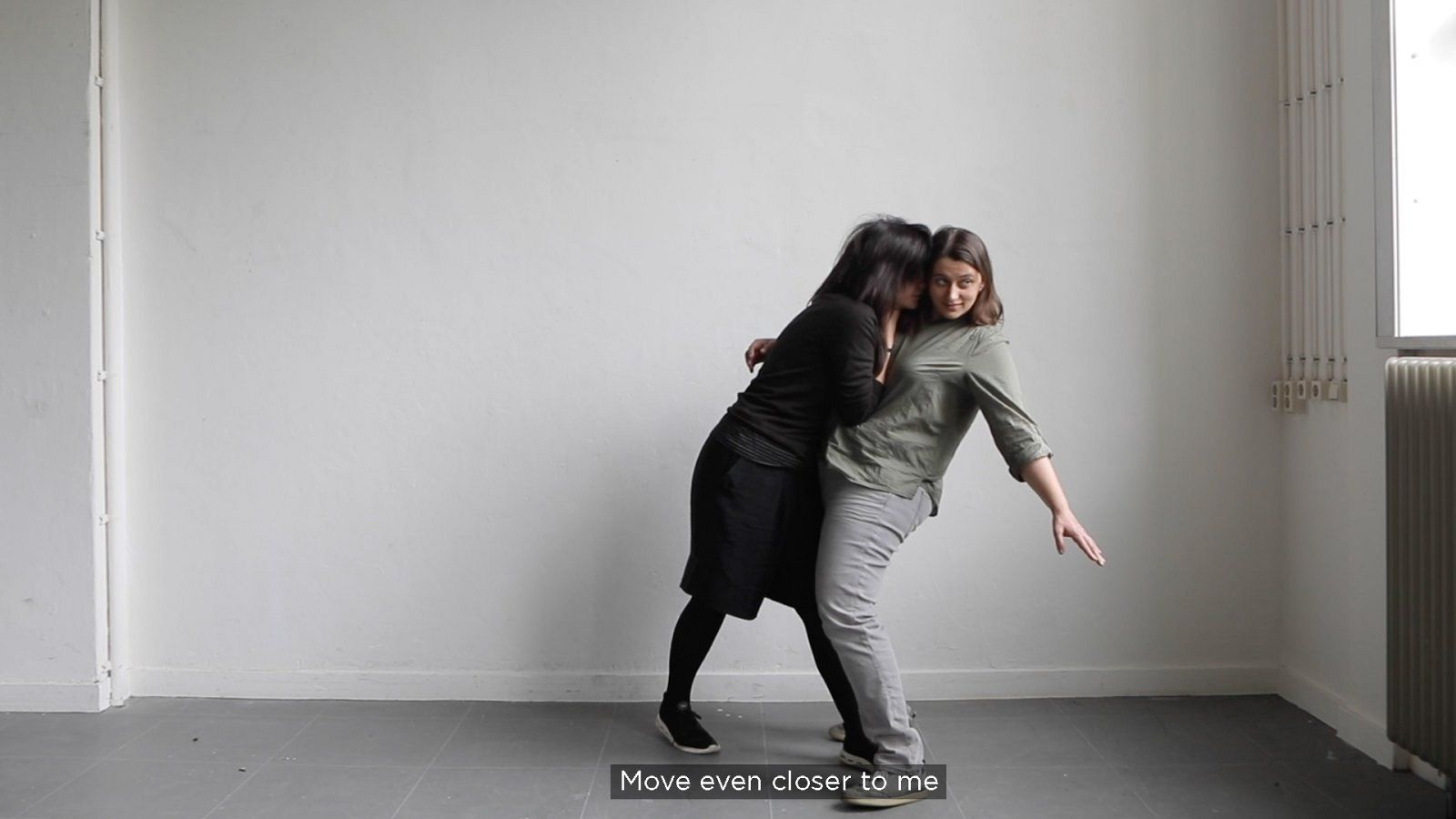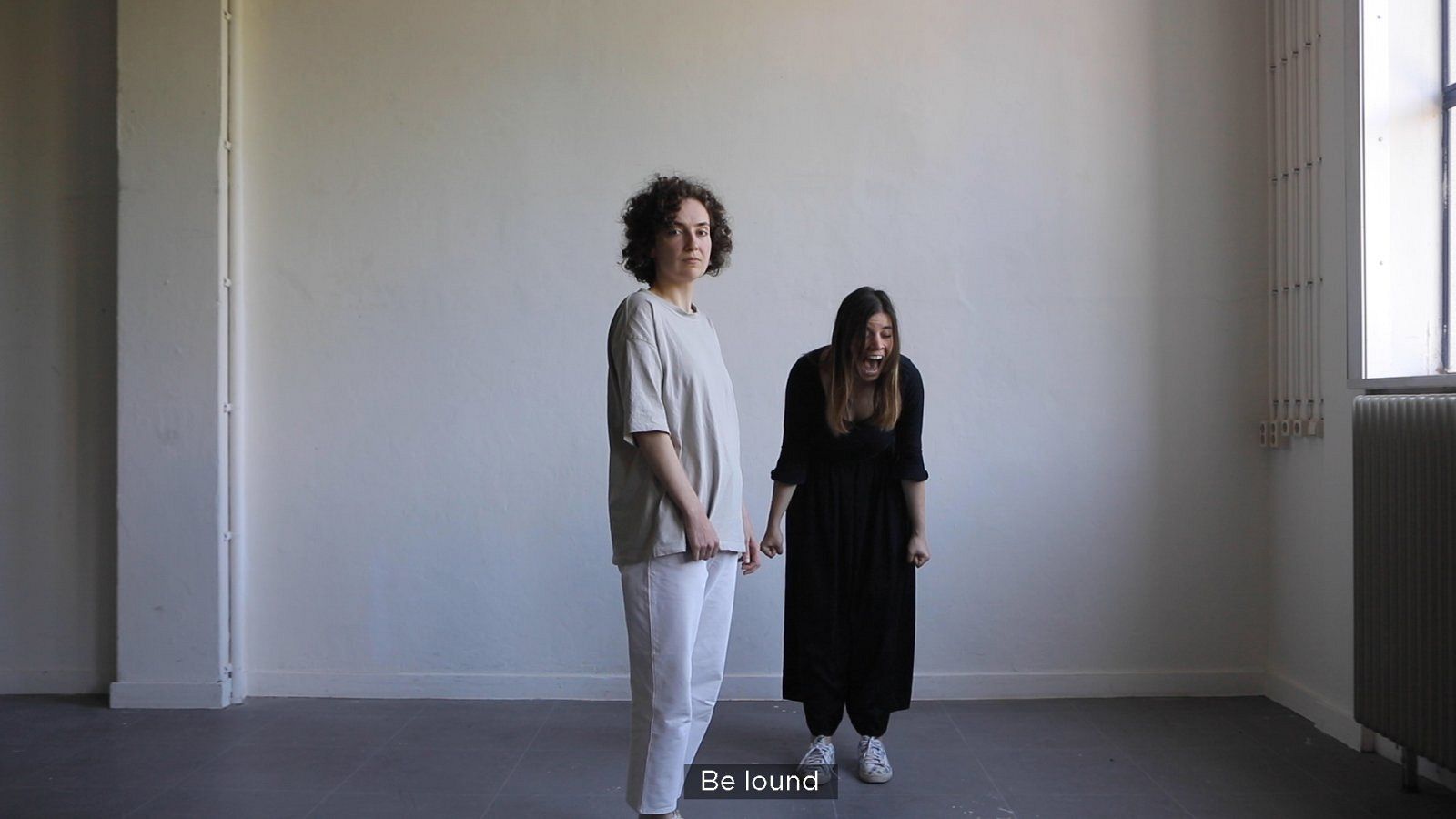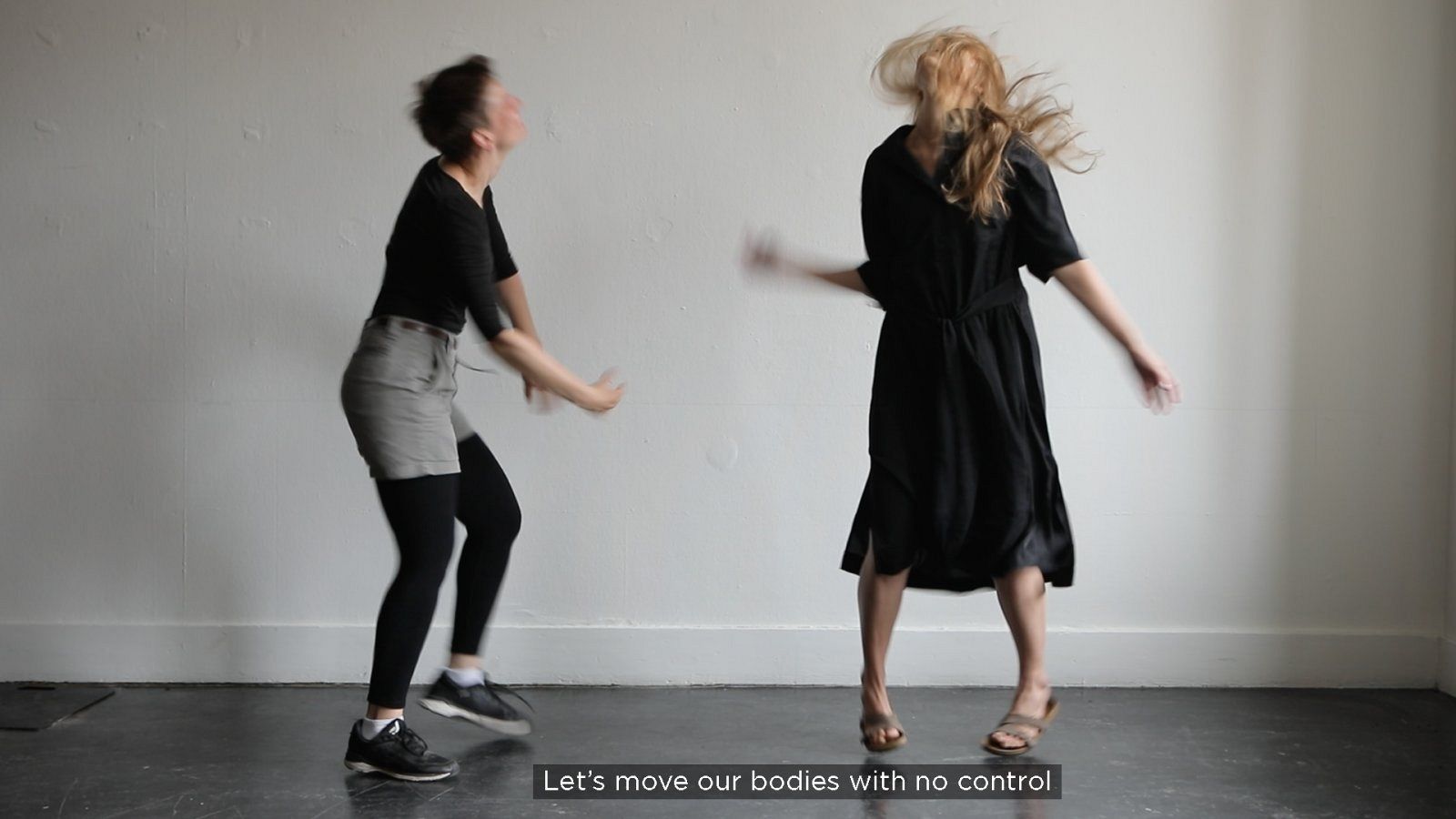
Jana Romanova
Keywords: Performance, Magazine, Photobook
Since I was young and not able to speak to almost anyone except my family, I used a camera both as an excuse to be with people and as a shield to protect myself from them. In a way, 20 years later I’m still doing the same. I’m intrigued by how we create ideologies and concepts aiming to explain our actions and produce certain public images, and how our actions are different from those words and images, yet tell a lot about our desire to be together and stay independent. On a personal level it happens when we try to define such compex things as family, friendship, romantic relationships; on a social and political level — when we think of national identity, mental and physical health, “right” and “wrong”. In my work — through photography, video, text, performance and participatory practices — I look into these breaches in human communication and try to rethink them into spaces of possibility for action, reflection and a sentiment in order to change a perspective.
Graduation Project
“Chin Up Chin Down” is a participatory performance — an absurdist game — that reflects upon the relationships between a photographer, the one being photographed and a camera. The idea comes from instructions photographers usually give to their models during the process of photographing a portrait, but is taken out from it’s usual context. Two people, none of them having a camera in their hands, are giving each other multiple instructions — where to move, where to look, how to feel. Their entire communication is based on controlling each other in front of a camera and for the camera. Each performance is an improvisation that lasts for 15 minutes and can be played by anyone. Each game is followed by a dialogue about the limits of the language and control.
During the graduation show several time slots are available to play this game under the mediation of an artist. Find the work and the sign up form at BB 016.


IMAGES I CAN'T SHOW
Thesis
“Images I can’t show” is a photobook without photographs. All images in it can be described, but not shown publicly for various reasons — ethical dilemmas, political danger, concerns about representation. Using those photographs from her own archive created over the course of 20 years as case studies, photographer Jana Romanova discusses dilemmas that contemporary photography faces in a rapidly evolving conversation about ethics.
These are problems related to the vertical market system existing around the product — a photograph — that doesn’t have defined quality standards, but at the same time the expectations for beautiful images; ethics of producing Western beauty stereotypes in images of social problems and a forced choice between documentary and fiction, although the borderline between the definitions of the two is blurred; a necessity of creating good relationships with subjects, but taking all the decisions yourself for faster production process; and ethical problems arising from photographing groups or a situations where a photographer doesn’t belong, but existence of multiple projects by Western photographers about Eastern Europe or the Global South; a demand to make work about what is important to society, but talk about what is important to you.
By using a method of performative writing — thinking while typing — she talks through all these tangled knots of confusion layered on top of her own practice, and offers a possibly productive way of dealing with them in studying the relationships between language and photography: how we describe images that we see, what language do we use to talk about photography and photographers, how we speak to those we photograph. The writing is supported by several experiments: although discussed images can’t be shown publicly, the author demonstrated them to a group of friends in a private conversation and asked to describe them. Each chapter opens with a visual investigation into the difference between those descriptions and ways of seeing.